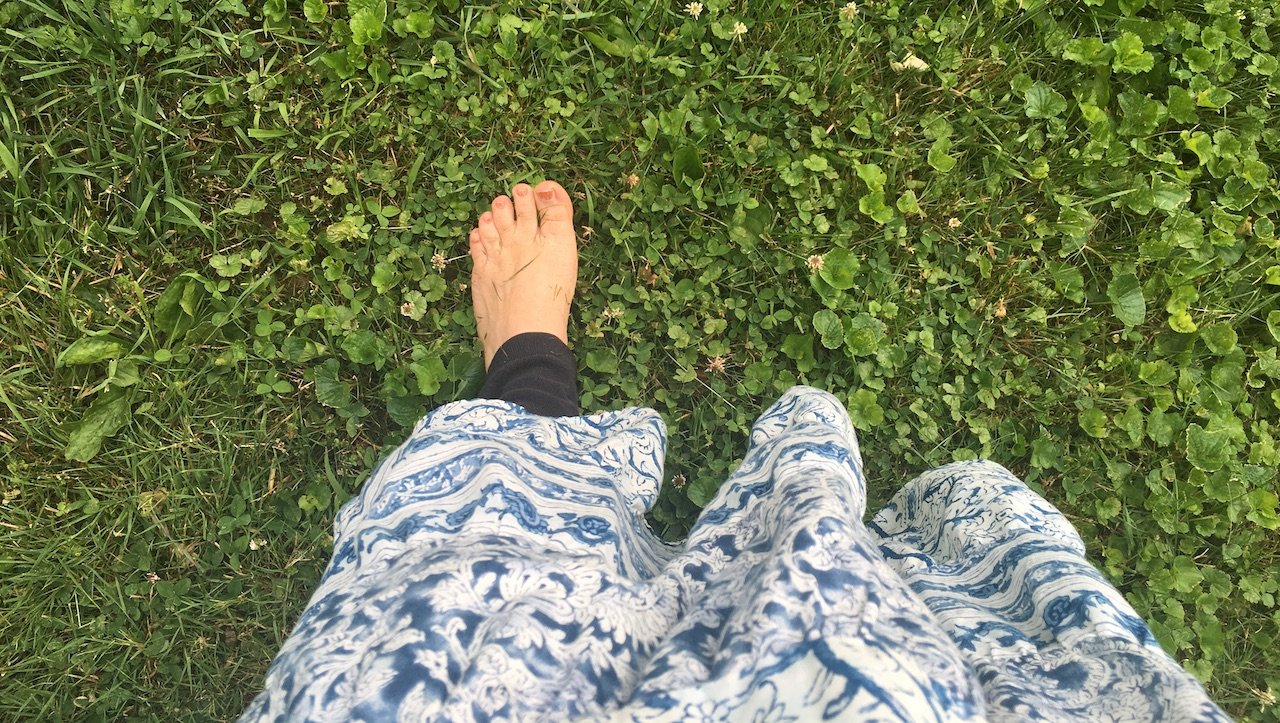Grace in transition
My husband and I (and cat) live on 1.7 grassy acres - mostly flat, with a few swoops and swales.
Due to underground springs and the occasional burrowing critter, there are also embedded 'ankle twisters' - holes that could pose some danger to the unsuspecting foot and its owner.
While I wouldn't recommend hosting any soccer games in our yard, for the most part, I don't mind the challenge - the added 'nutrition' for my feet, ankles, knees, and hips, as well as overall coordination provided by my daily walks back and forth to the garden.
In fact, it was just a few days ago - when my left foot stepped out and touched down into a hole just about the width of my forefoot - that this missive was inspired.
Given that I had just been talking with my balance workshop co-collaborator, thankfully, the mechanics of gait were fresh in my mind. I had also been doing my calf stretches during our phone call, so they were fresh in my body, as well.
Meaning, that even as my front foot was meeting more space than earth, my back foot was still firmly planted, engaged and available to renegotiate the landing.
As I was gratefully noticing that I did, indeed, avoid what could have been a serious ankle sprain, I reflected on what can make or break (!) an otherwise innocent stroll.
What is walking?
Essentially, walking is the transference of body weight from one balancing leg to the other.
It's a series of one-legged stances that move us around the planet.
There's an interesting thought in some circles that humans should never have become upright, and that walking - described as a 'series of tiny falls' - somehow proves this point.
I disagree with that conclusion - a topic for another time - but I would agree that many of us have adopted walking strategies that are more like falling forward than a graceful transition from one foot to the other.
The 'gait pattern' is a beautiful orchestration of systems, body parts and mechanics within the field of gravity.
Something so complex may seem intimidating for the lay person to understand without an anatomy degree, but really, there's a few key points to 'efficient ambulation' that I think can be grasped:
Alignment.
As in, the most advantageous location of the center of body mass as it is passed from the 'back' foot to the 'front'.
If our heads tend to arrive in a room before the rest of us, it's likely to necessitate a movement strategy that gets the back foot out in front as soon as possible, so as to prevent pitching forward with each step.
This is disadvantageous in the long-term for a variety of reasons, among which are blown out knees and lack of control.
Support.
This involves the multi-faceted role of the back, or standing leg.
The ideal muscular ability of the standing leg is to generate force, maintain stability from the hip to the ankle, and then release within control, so our body weight is transferred with ease to the front foot, rather than plopping it down on the ground.
Mobility.
Also a function of the standing leg, and the joint ranges of motion as they pertain to the foot, ankle, knee and hip, and the ideal muscular ability to yield, stretch, and maintain strength as the muscles lengthen.
Commitment.
The above two points determine how much time we can stay within the support of the back leg, within 'the known', before we have to commit our full weight to the front foot - for better or worse.
To sum up, the longer your weight can be maintained on your balancing leg, and the more easefully this weight can be transferred to the other foot, and the less likely you are to fall into an unseen hole.
Obviously, many factors will play into the presence or absence of these points: past injuries, habits, body types and other considerations.
But, there are some simple alignment assessments and exercises that can begin tuning your bodily orchestra toward playing in harmony, so you can step into your future with greater ease and confidence.
Want to work on your transitional skills?
Check out my in person services, or schedule an Ask Me Anything session!



